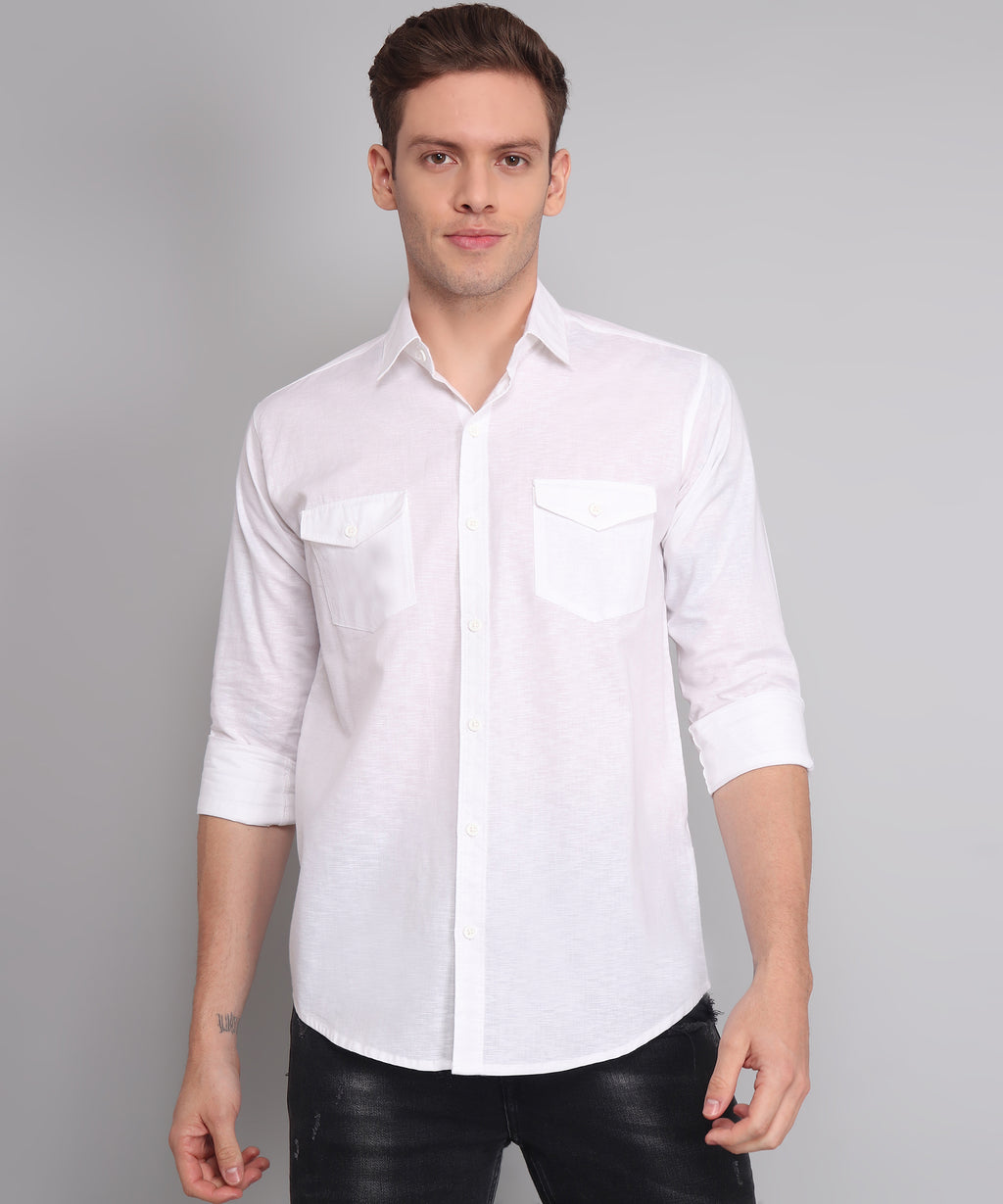The Timeless Elegance of Linen: Unraveling the Wonders of a Time-Honored Fabric

In the vast realm of textiles, few fabrics boast the timeless elegance and versatility of linen. Derived from the flax plant, linen has been cherished for centuries, weaving its way through history and cultures with its distinct characteristics and unparalleled charm. In this blog, we delve into the fascinating world of linen fabric, exploring its origins, unique properties, eco-friendly benefits, and its enduring appeal in contemporary fashion and home décor.
The Roots of Linen:
Linen's story begins with the flax plant (Linum usitatissimum), cultivated for its fibers in various parts of the world. Linen production has deep historical roots, dating back to ancient civilizations such as Egypt, where it was revered for its luxurious feel and durability. Over the centuries, linen has been woven into the fabric of societies across Europe, Asia, and beyond, earning its place as one of the oldest textiles known to humankind.
Unique Properties of Linen:
Linen stands out in the textile landscape due to its exceptional properties. Its fibers are naturally lustrous and smooth, creating a fabric that feels cool and breathable against the skin. Linen is highly absorbent, wicking away moisture and ensuring comfort even in warm climates. The fabric's natural drape adds a touch of effortless elegance to clothing, making it a popular choice for both casual and formal wear.
The Art of Linen Production:
Crafting linen involves a meticulous process, from cultivating flax plants to spinning, weaving, and finishing. The journey from plant to fabric requires skill and precision, resulting in a material that exudes quality and sophistication. The labor-intensive nature of linen production contributes to its perceived value, as artisans carefully transform flax fibers into a luxurious textile.
Eco-Friendly Advantages:
Linen's eco-friendly credentials have garnered attention in an era of increased environmental consciousness. Flax plants thrive in diverse climates, requiring minimal water and pesticides compared to other crops. Additionally, nearly every part of the flax plant is used in the production process, minimizing waste. Linen's biodegradability ensures that the fabric returns to the earth at the end of its life cycle, leaving a minimal environmental footprint.
Linen in Contemporary Fashion:
Despite its ancient origins, linen remains a staple in modern fashion. The fabric's breathable nature makes it an ideal choice for summer wardrobes, offering comfort without sacrificing style. Designers around the world incorporate linen into their collections, showcasing its versatility in creating both casual and sophisticated looks. From breezy summer dresses to tailored suits, linen continues to make a statement on fashion runways and streets alike.
Linen's Presence in Home Décor:
Beyond the realm of fashion, linen has found a permanent place in home décor. Its understated elegance adds a touch of sophistication to interior spaces. Linen curtains, bedding, and upholstery bring a timeless aesthetic to homes, creating an atmosphere that seamlessly combines comfort and style. The fabric's durability ensures that linen pieces become cherished heirlooms, standing the test of time both in terms of fashion and practicality.
Leave a comment